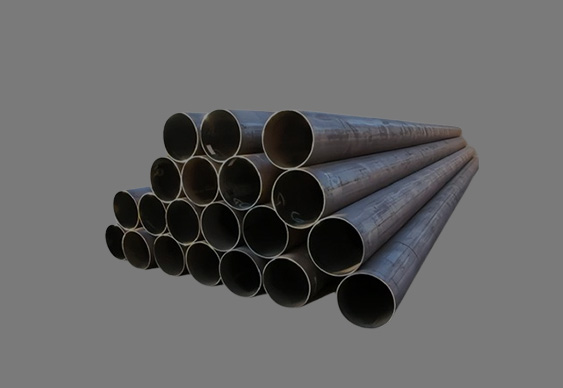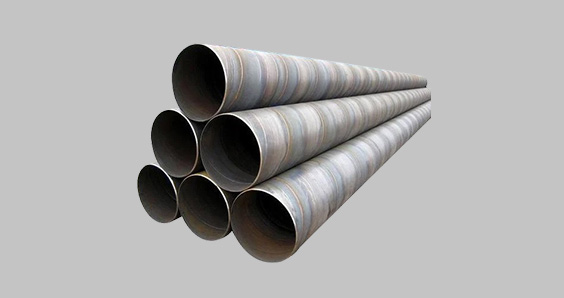
If we are to discuss the field of industrial piping, then LSAW pipes (Longitudinal Submerged Arc Welded pipes) are noteworthy due to their high durability and performance. These pipes are very important in different sectors such as the oil and gas sector, construction business, and even the water sector. This is one of the most important characteristics that make LSAW pipes very valuable, hardness. But what is exactly implied by hardness in this case and what are the factors that determine it? It is now important to look into these questions to get a better grasp of them.
In the case of LSAW pipes, the term hardness is understood as the material’s ability to resist deformation, particularly permanent deformation, scratching, cutting, or abrasion. It is an essential characteristic that defines the pipe’s service life and resistance to wear. In the case of LSAW pipes, hardness is a critical parameter since it determines the pipes’ performance and durability in extreme conditions.
Selection of raw materials, welding process, and PWHT are the major areas of control in the manufacture of LSAW pipes. In welding, the right temperature is maintained, and the correct welding procedures are followed to reduce the hardness of the heat-affected zone. After welding is done, it is important to apply post-weld heat treatment as this involves heating the welded pipe to a certain temperature and then cooling it to another temperature at a controlled rate in order to relieve stress and obtain the required hardness. The hardness levels are maintained within the required range through inspection and testing throughout the production process to guarantee the pipe’s performance in service.
The hardness of LSAW pipes is normally determined by the standard tests such as Rockwell hardness, Brinell hardness, and Vickers hardness tests. These methods include using a probe to indent the material with a certain force and determining the size of the indentation or the depth of the probe. The results indicate the degree of deformation of the material and offer a hardness number that can be used to compare the materials or check whether a pipe can be used for a particular purpose
There are several factors that can affect the hardness of LSAW pipes. Knowledge of these factors is important for the manufacturing companies and engineers to be able to come up with pipes that conform to the standard and perform as expected in the intended applications
1. Material CompositionThe composition of the steel used in LSAW pipes plays a significant role in determining their hardness. Steel is an alloy primarily composed of iron and carbon, but it often includes other elements like manganese, silicon, sulfur, and phosphorus. Each element can affect the steel's hardness
The manufacturing process of LSAW pipes involves several steps, including forming, welding, and heat treatment. Each of these steps can influence the final hardness of the pipes
The rate at which the welded pipe cools after forming and welding can also influence it’s hardness. Faster cooling rates are known to increase hardness because they encourage the formation of martensite, a hard phase. On the other hand, slow cooling leads to formation of soft phase such as ferrite or pearlite in the microstructure
4. MicrostructureThe microstructure of the steel, which includes the arrangement and distribution of different phases and grains, is a key determinant of hardness. Factors like grain size, phase composition, and the presence of inclusions or precipitates all play a role
The surface of LSAW pipes can be improved by carburizing, nitriding or coating. These treatments bring in carbon or nitrogen into the surface layer, making it much harder while having a much tougher interior

Understanding the hardness and the factors influencing it is not just an academic exercise; it has practical implications for the use of LSAW pipes. For instance.
The hardness of LSAW pipes is one of the most important mechanical properties that affect the performance and service life of the pipes. If the factors that influence hardness are understood and regulated, pipes with the desired characteristics for various industries can be made. The material, the way it is made, the rate at which it cools, the structure of the material, and the surface finish are all critical factors that must be given due attention in order to produce a material that will meet the intended application
You can Contact Nufit Flanges at sales@nufitalloys.com to learn more about LSAW Pipes, and their applications in various industries.